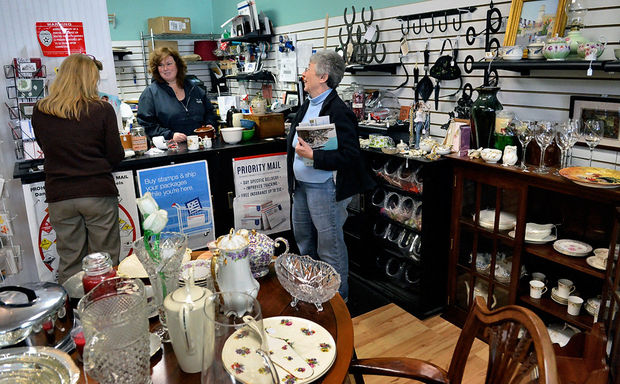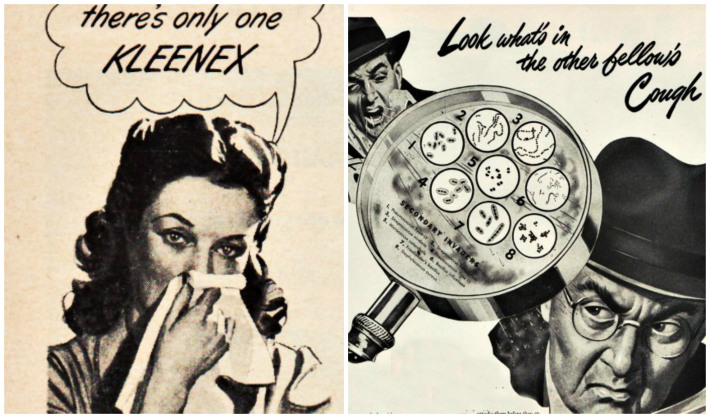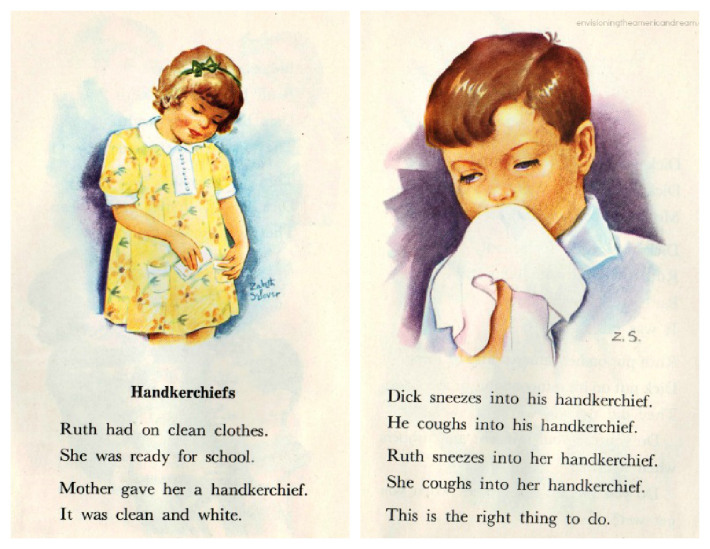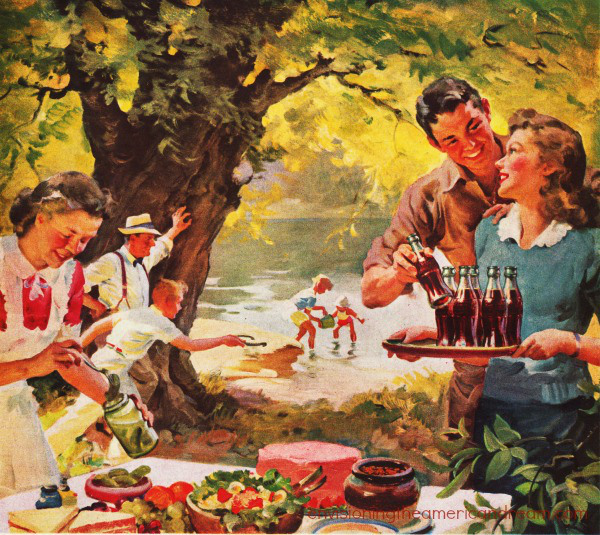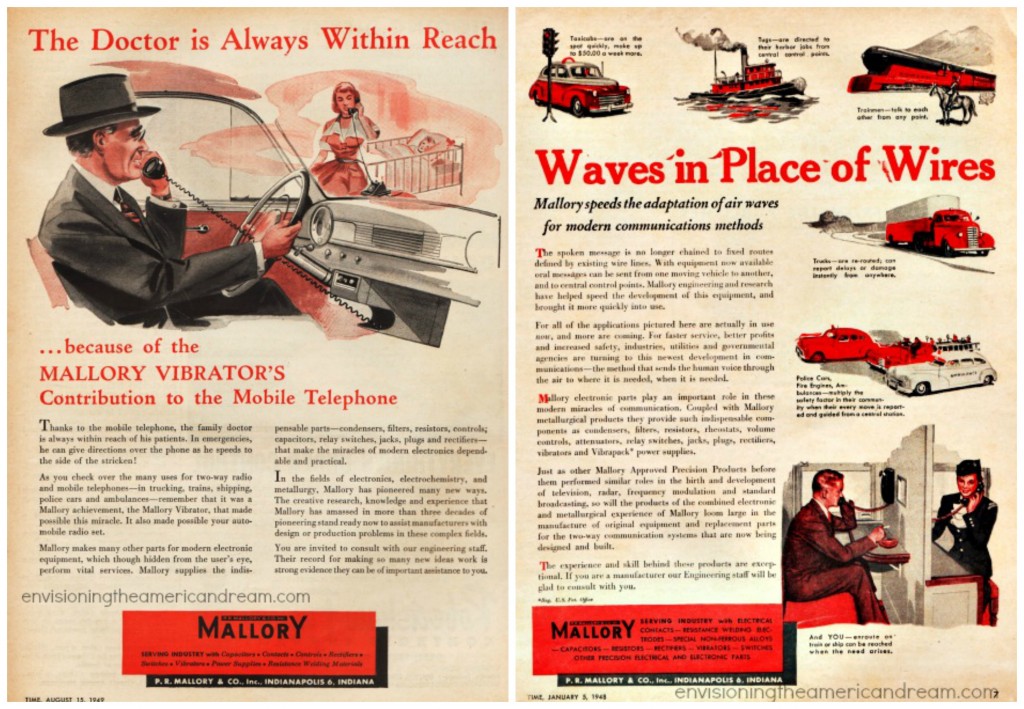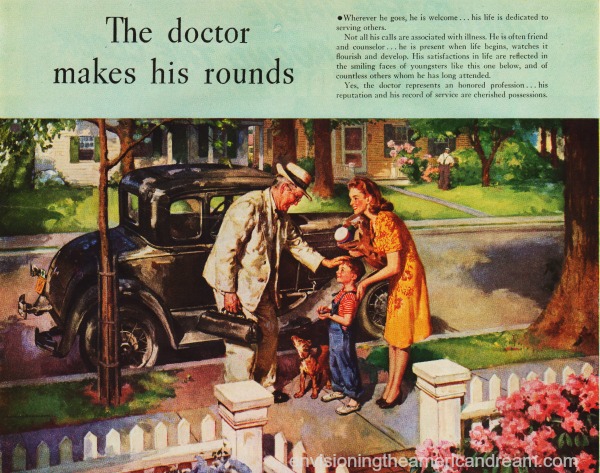
Art and Helen and their family on the farm. (Photo by Mary Anne Andrei / Bold Nebraska)
This article from Farm Aid profiles one of our neighbors from Nebraska. My daughter and her husband live in the great state of Nebraska, and I have been to the beautiful Ogallala Aquifer. Are you for or against the Keystone XL Pipeline?
When Art Tanderup and his wife Helen envisioned their retirement, they saw themselves living a quiet, peaceful life on the 160 acres of Nebraska farmland passed down through three generations of Helen’s family. They wanted to tend to their corn, soybeans and rye, to be good stewards of their land, and to have something to leave their children and grandchildren. Then TransCanada Corporation arrived at the farm to tell the Tanderups the Keystone XL pipeline would run through their property. That’s when Art became a rabble-rouser.
Though Art grew up on farms and ranches, he didn’t think he’d become a farmer. He says, “My father was a poor farmer, and his operation wasn’t big enough to support both of us. So I went to college and followed in my mother’s footsteps as a teacher.” After a rewarding career as a teacher of English, journalism and speech, a library media specialist, and board member of the Nebraska National Education Association, Art “retired” to become a farmer. For fifteen years now, he and Helen have been farming near Neligh, Nebraska, on land that has been in Helen’s family for 100 years.
The Tanderups raise corn, soybeans and rye on their 160 acres. They use many conservation methods to protect the soil and water, including no-till farming, cover crops, and planting many trees. “Oftentimes, I compare the teaching and the farming as kind of the same. I like to see things grow, whether it’s kids or crops,” Art says as he describes his love for nurturing the land. “You try to do everything you can to protect it and make sure that it is well taken care of.”
That’s why Art is opposed to the 1,179 mile pipeline that would carry tar sands oil from Alberta, Canada to the Gulf of Mexico, crossing farms and ranches and lying above the Ogallala Aquifer, an essential water resource for the High Plains, both for drinking and irrigation water. “We try to be good stewards of the land,” Art says. “Allowing this pipeline would not make us good stewards.”

Wizipan Little Elk, of the Rosebud Sioux, and Art Tanderup risk arrest by standing in the Washington Monument Reflecting Pool in D.C. to protest TransCanada’s proposed Keystone XL pipeline. (Photo by Garth Lenz / iLCP)
Art was in the field planting soybeans when a TransCanada representative showed up at the farm to deliver the devastating news that the proposed pipeline would cross Art and Helen’s property, a mere 500 feet from their house and 600 feet from their well.
“When they came, they told us this is going to be a wonderful thing for us and if you don’t just jump on this bandwagon, you’re unpatriotic,” recalls Art. “That was kind of the feeling you were getting. You needed to help lower fuel prices, you needed to get people jobs, you needed to make this happen and you needed to step up and do your part by letting them put it on your land.”
The Tanderups told TransCanada they needed time before making a decision and then sprang into action. Relying on his library experience, Art began researching the pipeline and went back to TransCanada with questions. When he asked what they would do in the event of an oil leak into the aquifer, he found they don’t have a cleanup plan. Art explains, “The pipeline can leak up to 2% of its daily volume before their detection system even detects it, meaning 400,000 gallons of tars sand oil could leak per day before anyone knows.”
Art is also concerned about what the pipeline will carry, which is not conventional oil, but diluted bitumen, a material that will sink to the bottom of a body of water, mixing with sediment and organic matter, making the oil difficult to find and recover.
“They say it’s the safest pipeline ever built but we all know what happened to the safest ship that was ever built,” says Art. Throughout the process of trying to save his land, Art has become an unlikely activist and hero for those who oppose the pipeline. “I get referred to around the community as ‘that crazy pipeline guy,'” laughs Art.
 In his fight, Art has done everything he can, from joining Bold Nebraska and connecting with the Nebraska Easement Action Team, to testifying at hearings and trying to get local zoning regulations for his community. He provided his land for the artist John Quigley to create the world’s largest crop art installation as a way to get out in the media the feelings of America’s heartland. Seen from the sky, the crop art states loud and clear where Art and the fellow fighters stand (and Art got to drive the tractor that made that statement!)
In his fight, Art has done everything he can, from joining Bold Nebraska and connecting with the Nebraska Easement Action Team, to testifying at hearings and trying to get local zoning regulations for his community. He provided his land for the artist John Quigley to create the world’s largest crop art installation as a way to get out in the media the feelings of America’s heartland. Seen from the sky, the crop art states loud and clear where Art and the fellow fighters stand (and Art got to drive the tractor that made that statement!)
A crop art image protesting the proposed Keystone XL pipeline covers an 80 acre corn field on Art’s farm. (Photo by Lou Dematteis and Bold Nebraska)
Their values around land stewardship, combined with the fact that the planned pipeline will come so close to their home and well, made Art and Helen’s decision a no-brainer. For others, the pipeline won’t come nearly as close to their homes or water supply. Many landowners have agreed to offers from TransCanada while others have fought to protect their land. The end result, Art reflects, is that neighbors are fighting, communities are divided and families are being torn apart over disagreements.
“There are families that have gotten along for years and years and now all of a sudden one of them decides that it’s okay to take the money and pay off the tractor or the combine and the other one says no,” says Art. “It’s difficult to be in that ‘no’ position.” While Art understands why some farmers have settled (“We all have bills to pay,” he says), he reflects that those fighting are typically small farmers like himself—the ones who have the least money to fight. “And all the money in the world is fighting us,” he admits.
Last week, Art traveled to Washington, D.C. with other farmers, ranchers and Native Americans to protest the pipeline as a unified front dubbed the Cowboy Indian Alliance. The six-day “Reject + Protect” event called attention to the real people impacted by the pipeline with a clear call to President Obama to reject the Keystone XL. During the week, the Cowboy Indian Alliance raised tipis on the National Mall, led peaceful marches, held rallies, shared their stories, and met with White House officials. Reject + Protect culminated with a march attended by thousands, including Farm Aid’s own Neil Young.

Neil Young and Art Tanderup stand up for the land in Washington, D.C. (Photo by Bold Nebraska)
“It’s important to be part of the people here, out on the front lines of this situation and try to show that these are real people and they actually know what’s going on out there,” says Art. “We are not a bunch of radicals. We are real people with concerns and it’s important that President Obama and Secretary Kerry can see that.”
Because the pipeline crosses an international border, the U.S. State Department must approve it. An announcement was expected after a public comment period closed on March 7, resulting in an unprecedented 2.5 million public comments. But in an unexpected win for those opposing the pipeline, President Obama extended the comment period and pushed back the decision.
President Obama’s delay is in large part based on a recent court decision in Nebraska that found that it was unconstitutional for TransCanada to acquire land for the pipeline through eminent domain, in which the government forces a landowner to allow development on their private property if it is believed to be in the public’s benefit. The ruling was important, not just for the delay, but for the real issue at the heart of the fight against the pipeline. As Art puts it, “How can the government give a foreign corporation the right to come in and take your land for their profit? It’s not for your profit; it’s not for the common good. It’s for their profit and it puts everything at risk.”
If the pipeline is ultimately approved, the permeability of the ground and the location of the Ogallala Aquifer along the current proposed route may require that it to be moved to another location. But the bottom line for Art is this: “The pipeline doesn’t need to be any place. It doesn’t need to be built at all.” When asked what it would mean to win this battle, Art replies, “It means we can feel good about leaving this land to our children and grandchildren. Like you take care of your kids, you take care of your land and water.”

Members of the Cowboy Indian Alliance at Art’s farm. (Photo by Mary Anne Andrei / Bold Nebraska)







